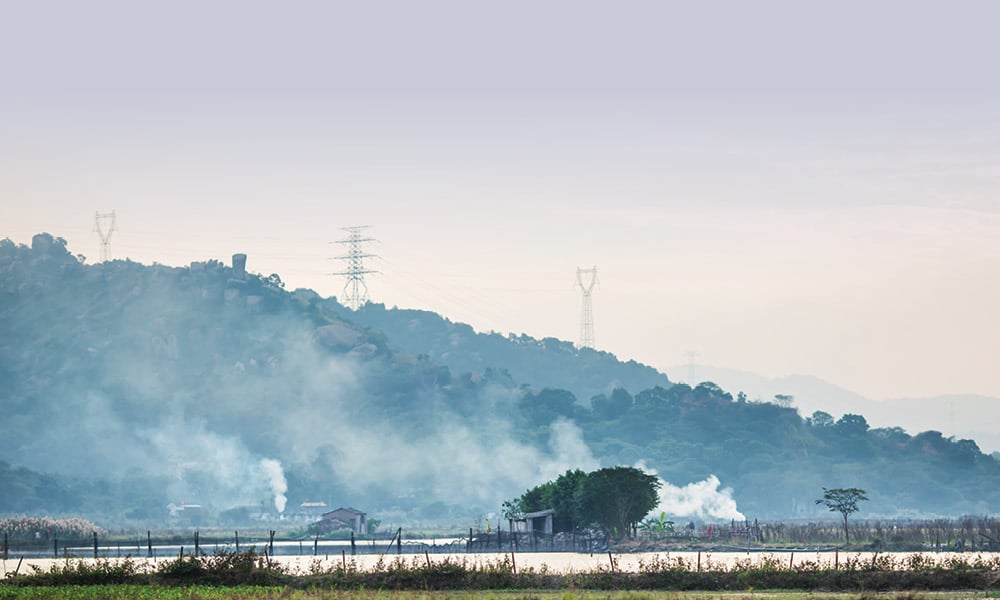The Australian Exposure Information Platform (AEIP), a national capability underpins emergency ability to assess rapidly changing and extreme climate events.
The Australian Exposure Information Platform (AEIP) self-serve interface allows users to identify what has been exposed within their custom-defined area of interest.
The AEIP project was a collaborative effort between spatial professionals, software developers, and emergency management practitioners to develop and deliver an application enabling Australia’s emergency managers, researchers, advisors, academics, and the public, access to nationally consistent exposure information (previously access to the information was limited to select members).
The initial project began in June 2017 followed by the launch of the Beta product at the Australian Fire and Emergency Services Council conference in August 2018. An extension to the project in 2019 led to additional functionality and improved user engagement.
Identifying the Needs
After consulting with stakeholders, the main need identified was the ability to quickly gain a holistic understanding of what is potentially exposed within a hazard event area or any area of interest. In response, Geoscience Australia designed the Exposure Report, comprising a collation of selected National Exposure Information System (NEXIS) elements, presented in a clear and consistent layout enabling timely emergency response and recovery decision-making.
Before this project, the ability to generate Exposure Reports relied on manual intervention and was only accessible to a select few with knowledge and skills. The AEIP allows anyone to generate a report for any area of Australia at any time, combining the extensive work from the NEXIS and Exposure Reports with the comprehensive Natural Hazard Exposure Information Framework. For the first time, users have direct access to nationally consistent exposure information through a user-driven, on-demand interface.
What’s in Store?
The mapping application enables users to upload or draw their area of interest or also select from a list of existing geographies, select the type of exposure data themes they would like, and provide contextual information (such as report title). They are then delivered the resulting report via email within five to ten minutes depending on the size and complexity of the areas of interest.
The web platform includes an interactive map for area selection and report requests, and an Application Programming Interface (API) to allow external users to integrate the platform into their own existing or new applications. Users can request reports without having to leave their system (such as Cerberus a web-based fire spread simulator, used by New South Wales Rural Fire Service).
The Australian Exposure Information Platform (AEIP) provides users with an exposure report containing information on what is within their area of interest including counts and statistics on buildings, population, demographics, institutions, infrastructure, businesses, agriculture, and environmental exposure.
The project used a combination of bespoke open-source application development, Amazon Web Services cloud-based infrastructure, and Safe Software’s Feature Manipulation Engine (FME) cloud to deliver the functionality to a wide audience.
Resulting Heatmap
Since launching the AEIP there have been nearly 6 million Exposure Report requests stemming from all tiers of government, academia, private firms, and the public. The AEIP has been extensively used by Australia’s emergency management community during real-time events, most notably during Australia’s Black Summer (2020-21) and the various floods that impacted Australia between 2020 and 2022.
Since launching the AEIP there have been nearly 6 million Exposure Report requests stemming from all tiers of government, academia, private firms, and the public. The AEIP has been extensively used by Australia’s emergency management community during real-time events.
Many state-based emergency management authorities and federal government agencies have API access and use Exposure Report results in situational awareness dashboards, executive briefings, and to plan relief and recovery work and mitigate disasters.
Community-focused recovery is essential. Disasters can deeply impact people’s lives and livelihoods, and helping communities recover from disasters can be challenging and complex. Every community is unique and will have its history, values, and experiences. They will also have their distinct challenges.
The AEIP supports recovery which includes the broader emergency management components of prevention, preparedness, and response. The AEIP includes built, environmental, economic, and demographic elements, across all of Australia. Recovery can provide an opportunity to improve these aspects beyond previous conditions, by enhancing social and natural environments, infrastructure, and economies – contributing to a more resilient community.
ALSO READ: GEOINT to Play Crucial Role in Emergency Response, Says New Survey









